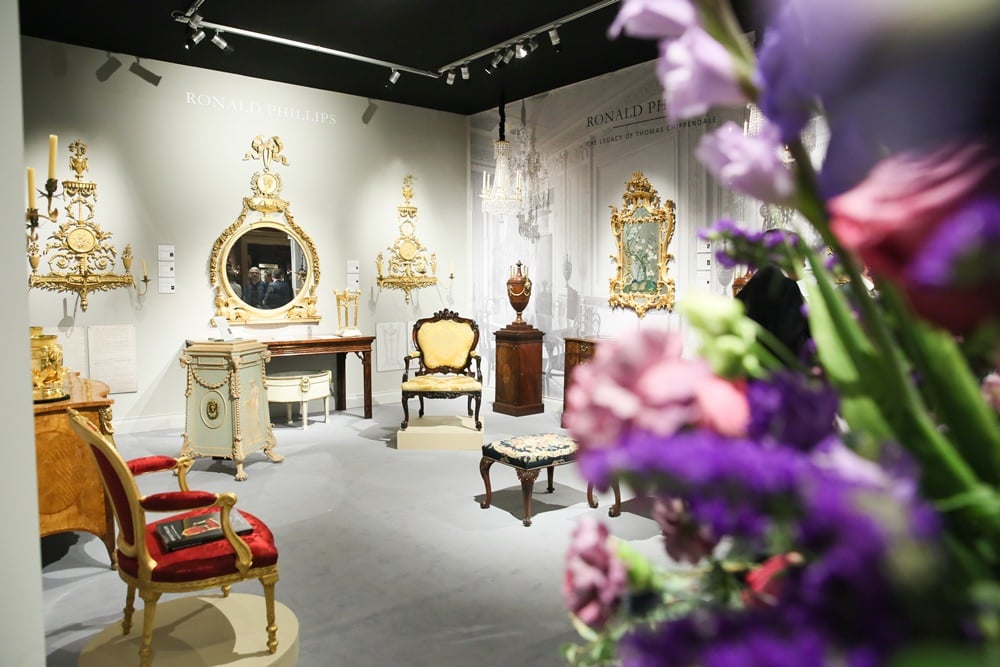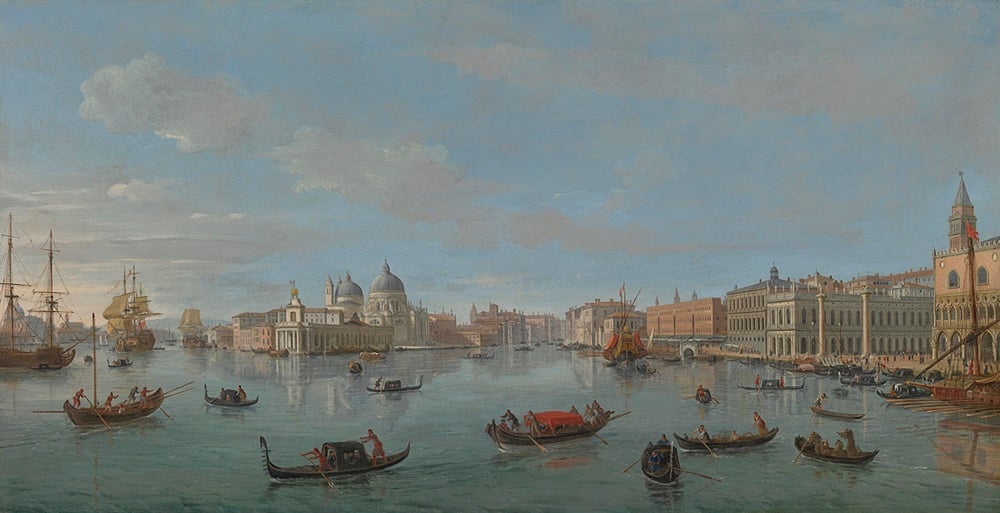Art Fairs
As Art Fairs Proliferate, Old Master Dealers Have to Decide Which Ones to Prioritize. TEFAF New York Makes the Cut—But Others Don’t
Dealers are pulling out all the stops amid a shrinking supply of masterpieces.

Dealers are pulling out all the stops amid a shrinking supply of masterpieces.

Eileen Kinsella

Orchids and oysters were in ample supply at the fall edition of the European Fine Art Fair in New York, which arrived at the Park Avenue Armory for its third edition on Friday. The fair, which was founded in 1988 in Maastricht and expanded to New York in 2016, is making a serious mark on the landscape here and drawing praise for its high vetting standards and quality. With 93 dealers compared to 250 in Maastricht, the affair is a fraction of the size of its Netherlands-based cousin. But the jewel-box feel has lent it an air of exclusivity.
At a time when dealers all over the world—including those of Old Masters—are feeling stretched by the number of fairs on their calendars, events are stretching for a way to distinguish themselves from the pack. TEFAF New York has managed to make the cut for many—but other fairs are ending up on the cutting room floor as a result.
“I don’t do the [Biennale des Antiquaires] in Paris anymore and I’ve stopped doing Palm Beach, so I’m down to the three TEFAF fairs and Frieze Masters,” Jonathan Green, CEO of Richard Green Fine Paintings in London and a TEFAF board member, told artnet News, referring to TEFAF’s Maastricht edition, its two New York editions, and the London fair for art from before 2000 that launched in 2012.
Notably, exhibitors at the French antiques fair the Biennale des Antiquaires have fallen by half since 2012 (the first year of Frieze Masters) and visitors have fallen by two-thirds.

Gaspar van Wittel (called Gaspare Vanvitelli), Rome The Bacino di San Marco, Venice, looking west towards the mouth of the Grand Canal (circa 1720). Courtesy Richard Green Fine Paintings.
Although there are far fewer Old Master fairs than contemporary ones, new additions like Frieze Masters and TEFAF New York have an outsize impact on the sector, which is smaller than other parts of the market and where supply is constantly a challenge.
Overall, “prices are strong and the trade is under pressure,” Green says. “It’s not easy to get the best things.” This year, his booth included a sweeping Italian seascape by Dutch painter Caspar van Wittel, a John Constable landscape, and an Alfred Sisley river view of the Seine.
Given the challenge of supply, Old Master dealers are hesitant when it comes to sharing even approximate prices. (Particularly since many bring the same works to multiple fairs, but might present them at different price points, or buy the works from one another and bring them to another event.) Some, however, were more forthcoming than others. Tomasso Brothers Fine Art, of London, sold a 1st–2nd century AD Foot of Mercury in white marble for around $350,000, and Dirck de Horn’s Spaniels and Pointer in a Landscape.
Other works confirmed as sold by the end of the weekend were: a Delftware pair of polychrome groups of two gentlemen in a Boat from the stand of Aronson Antiques to a private collector for about $100,000, and a bust, Portrait of of a Young Nobleman, by Giuseppe Maria Mazza, at the booth of Carlo Orsi-Trinity Fine Art, to a private collector in the region of its seven-figure asking price. Orsi also reported the sale of Pseudo Caroselli’s Sorceress with the Head of Medusa.
By the end of the weekend, some galleries remained circumspect about sales, noting that large-ticket pieces and older works don’t tend to fly off the stands. TEFAF New York may be a slower burn than TEFAF Maastricht, for example, where most people browsing have come to town specifically for the event.
Green points out this edition was only about halfway over by Monday and said: “In May, we did as much business at the fair as we did two to three weeks after.” When it comes to acquisitions, “people tend to need time to make decisions.”
TEFAF New York Fall continues at the 67th Regiment Armory through Wednesday, October 31.